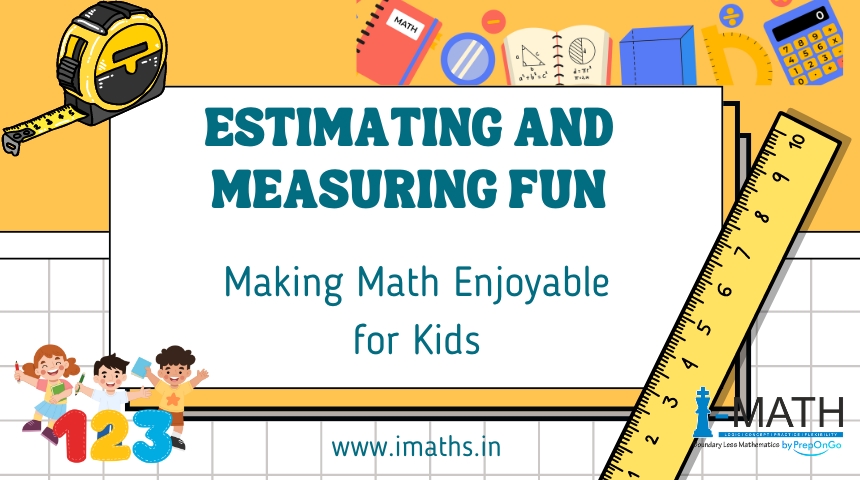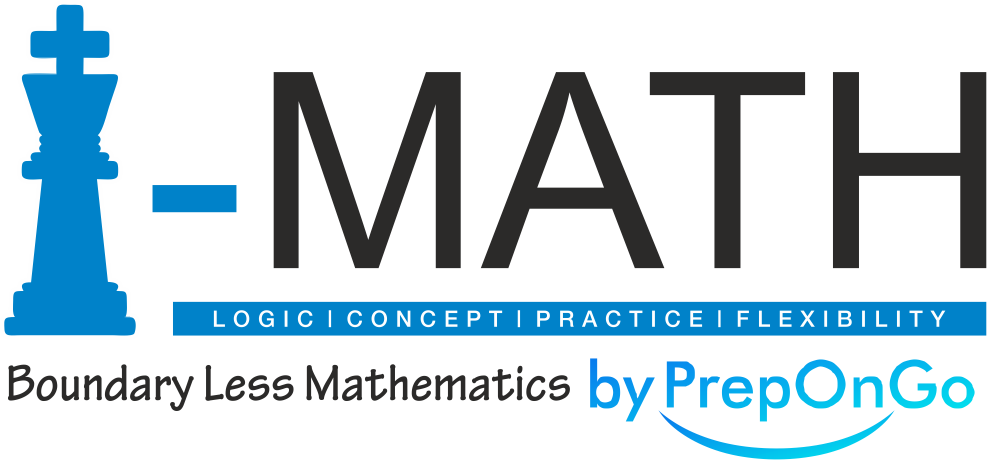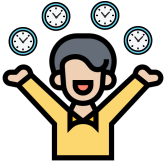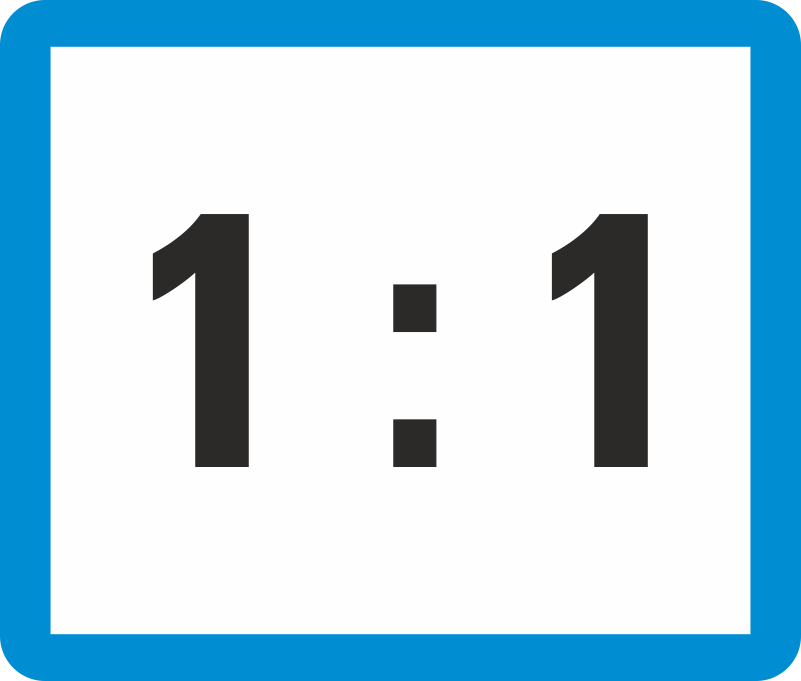Estimating and Measuring Fun: Making Math Enjoyable for Kids

Math can be fun and engaging for children, especially when it involves hands-on activities like estimating and measuring. These skills are crucial for developing mathematical understanding and can be easily incorporated into everyday activities. In this blog, we’ll explore various ways to make estimating and measuring fun, ensuring your child not only learns but also enjoys the process.
Why Estimating and Measuring Are Important
Estimating and measuring are foundational math skills that help children understand quantities, sizes, and distances. These skills are applicable in many real-life scenarios, from cooking to building, and they enhance problem-solving abilities and critical thinking.
Fun Activities for Estimating and Measuring
Here are some creative and enjoyable activities that will help your child master estimating and measuring:
1. Kitchen Math
Cooking and baking are perfect opportunities for teaching measuring. Have your child measure ingredients, estimate quantities, and compare different amounts. Ask them to guess how many cups of flour are in a bag or how much a cup of sugar weighs.
2. Measure the Room
Give your child a tape measure and ask them to measure various objects in the house. They can estimate the length or height of furniture before measuring it to see how close they were. This activity not only teaches measurement but also estimation.
3. Nature Walks
Take your child on a nature walk and bring a measuring tape or a ruler. Ask them to estimate the height of trees, the length of leaves, or the distance between two points. Then, measure to see how accurate their estimates were.
4. Craft Projects
Involve your child in craft projects that require measuring materials. Whether it’s cutting paper for a scrapbook or measuring fabric for a sewing project, these activities make measuring fun and creative.
5. Water Play
Fill various containers with water and have your child estimate how much water each one holds. Use measuring cups to check their estimates. This can be a fun and splashy way to learn about volume and capacity.
Tips for Successful Learning
- Make It a Game Turn estimating and measuring into a game. For example, you can have a contest to see who can estimate the closest measurement without using a ruler or scale.
- Use Everyday Objects Incorporate everyday objects into your measuring activities. Estimating the number of steps from one room to another or the length of a table using hand spans can make learning more relatable.
- Praise Effort and Improvement Encourage your child by praising their efforts and improvements, not just accuracy. This builds confidence and a positive attitude towards learning.
- Interactive Tools and Apps Use interactive tools and apps designed for kids to make estimating and measuring more engaging. Many educational apps offer fun activities that teach these skills through games and interactive challenges.
Benefits of Estimating and Measuring Fun
By integrating estimating and measuring activities into your child’s routine, you can help them develop:
- Better Number Sense: Understanding the size and quantity of objects.
- Improved Problem-Solving Skills: Finding creative solutions to measurement challenges.
- Practical Life Skills: Applying math in everyday situations.
- Enhanced Critical Thinking: Analyzing and making educated guesses.
Conclusion
Making estimating and measuring fun is a great way to enhance your child’s math skills while keeping them engaged and entertained. These activities not only teach important mathematical concepts but also show how math is used in everyday life. Encourage your child to explore, estimate, and measure regularly to build a strong foundation in math.
By focusing on estimating and measuring fun, you can turn learning into an enjoyable adventure, helping your child develop essential skills with enthusiasm and joy.




